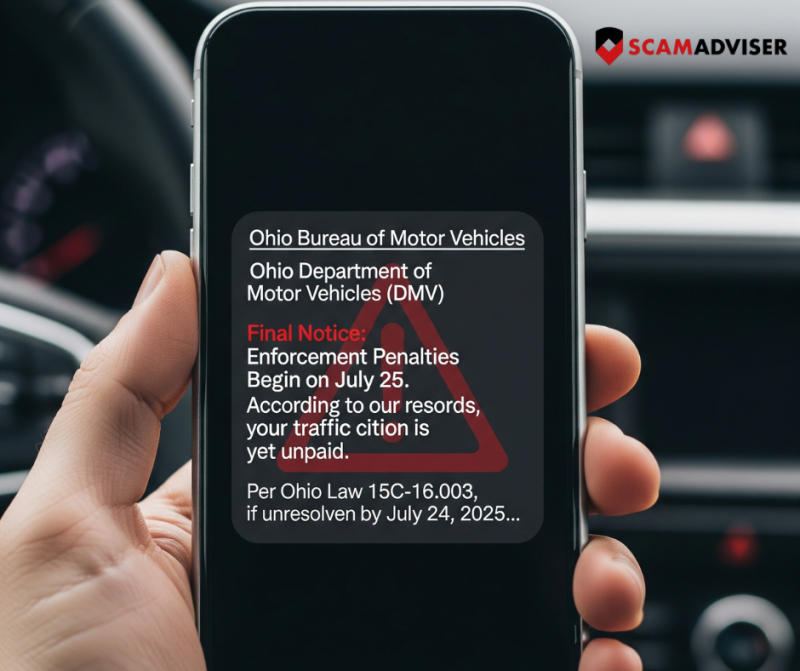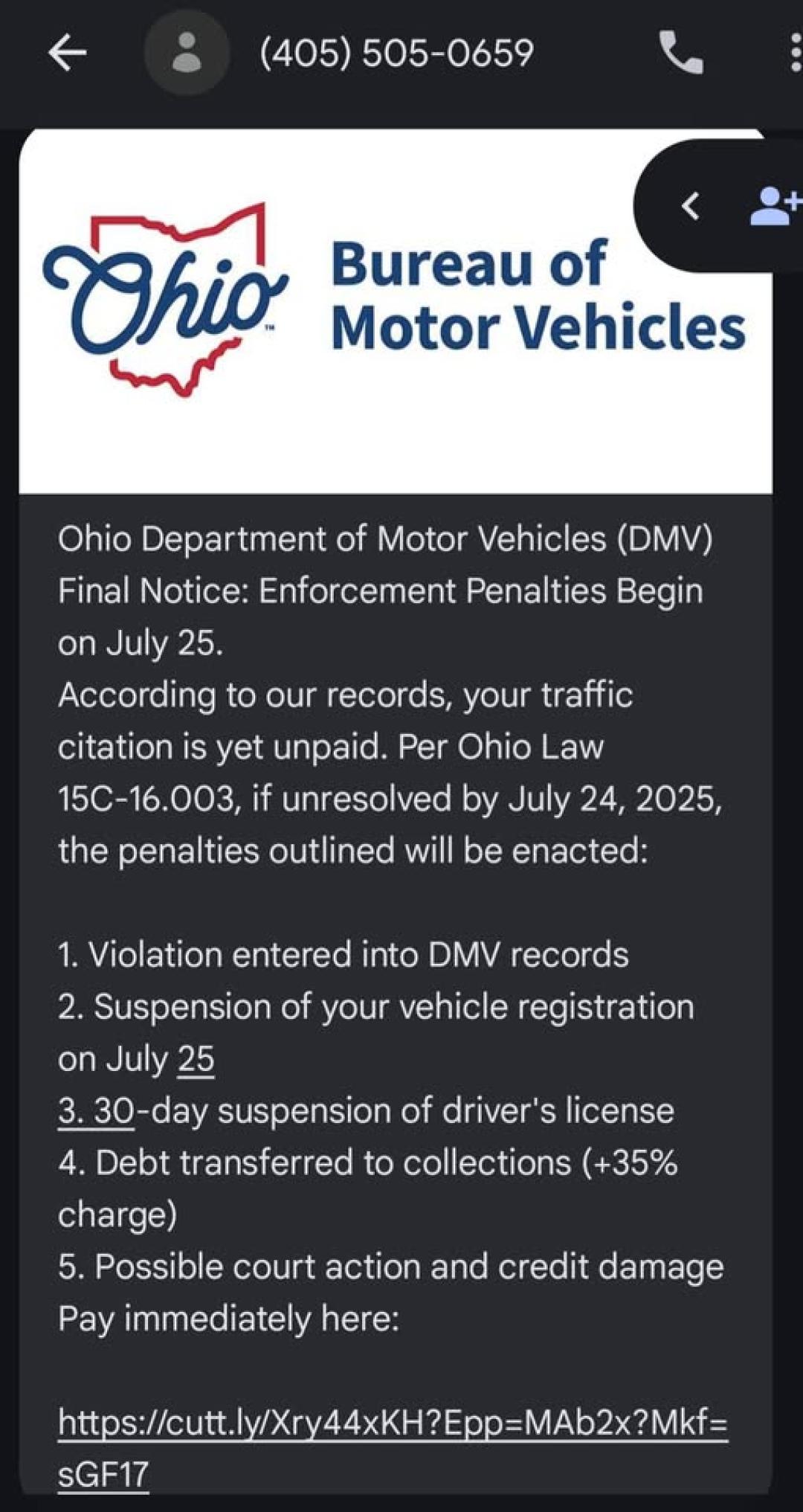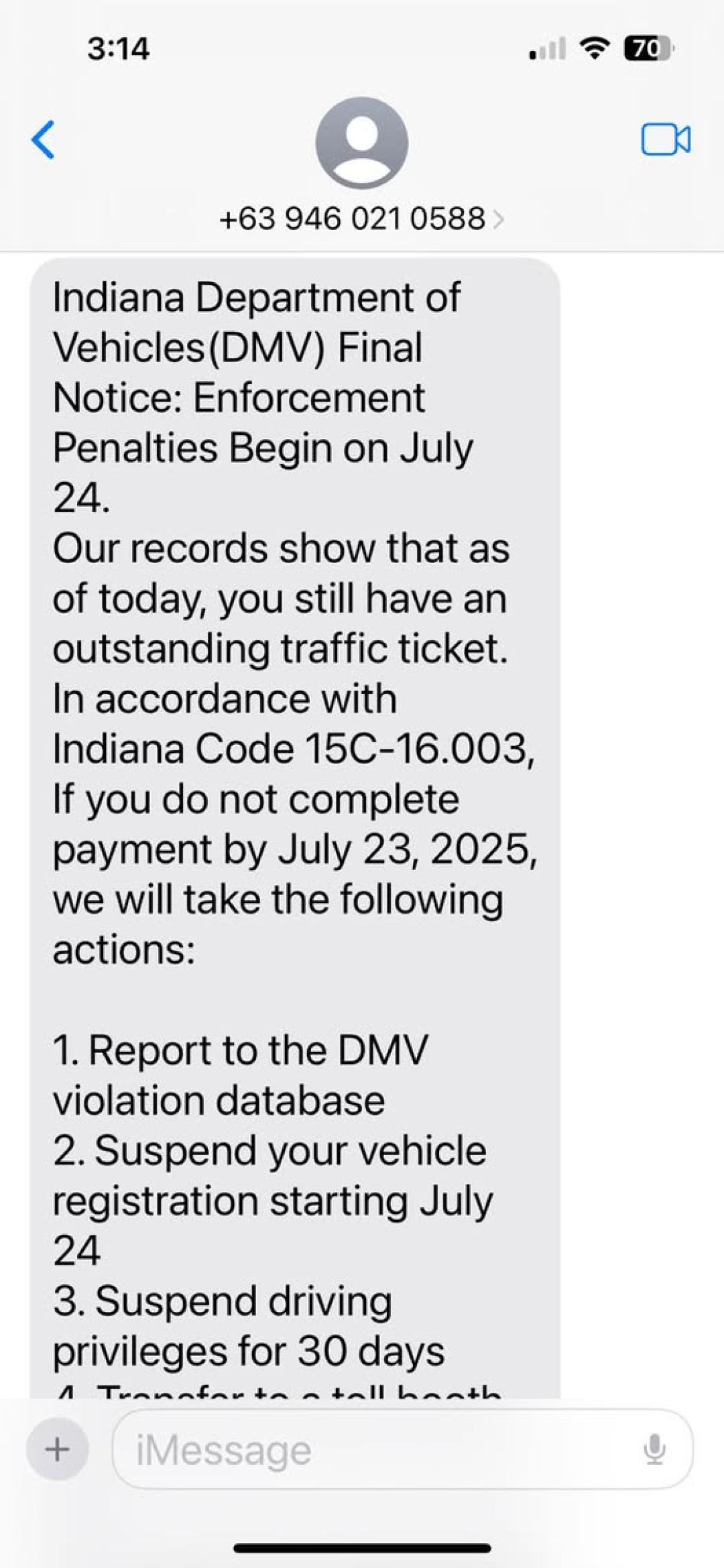Menu

Scammers have found a new way to exploit something most people don’t think twice about: toll fees.
Across the U.S., people are receiving text messages claiming they owe money for unpaid tolls. These messages often appear to come from the Department of Motor Vehicles (DMV) or state tolling agencies, and they include links that look official. But they’re fake—and designed to steal your money or personal information.
The rise of DMV text scams is no coincidence. With more people shopping online, driving across states, and trusting mobile alerts, fraudsters are using everyday habits as cover for increasingly convincing SMS scams.
So what’s driving this surge in fake toll road and DMV messages? Let’s unpack what’s happening, how these scams work, and—most importantly—how you can stay safe.
Scammers follow behavior. And what are people doing more of these days?
Online shopping, interstate travel, rideshares, and gig work—all of which rely heavily on toll roads and deliveries.
That’s what makes fake toll messages so effective: they feel timely and believable.
But it’s not just a hunch. Recent scam data shows a sharp rise in these fake toll payment messages, with reports surging across states like Oregon, New York, and Florida. And many of these messages claim to come from the DMV or local transport authorities.

Example of a DMV Text Scam
Scammers are cashing in on:
The result? Thousands of people are clicking fraudulent links, handing over credit card details, and unknowingly signing up for subscription billing scams or malware downloads.
At first glance, a scam text may look like it’s from your local DMV or toll road service. It typically includes:
But behind the scenes, these links often redirect users to phishing sites or install malware on the phone. Some messages even trigger fake two-factor verifications to steal your credentials.
One of the scariest things about toll scams is that they don’t just hit drivers. Scammers send these texts to everyone, regardless of whether you own a car, drive on toll roads, or even have a driver’s license.
In 2024 alone, the Federal Trade Commission received nearly 247,000 reports of scam texts. Combined losses were estimated at $470 million. The FBI also received over 60,000 complaints related specifically to toll and DMV scams. That shows how widespread and effective these scams have become.
So how can you tell a fake message from the real thing? Here are some common red flags:

Another example of Toll Scam
Real toll agencies and DMVs don’t do any of this. They won’t text you out of nowhere demanding payment. They don’t use fear tactics, and they certainly don’t ask you to pay via suspicious links or non-standard methods.
These scams have gotten so bad that state governments and toll agencies across the country are issuing warnings. In places like New York, Florida, California, Texas, Virginia, Illinois, and Georgia, officials have made it clear that they do not send random texts about toll violations or payments.
For example, the Florida SunPass system has emphasized that it never asks for personal info via text or email. California’s FasTrak and The Toll Roads have stated they only communicate through secure, user-registered portals. E-ZPass in New York has warned users not to click any text links and to report suspicious activity immediately.
This is a nationwide issue. It affects all types of toll systems, including:
Scammers are copying all of them. If your state has a toll system, chances are someone’s trying to impersonate it.
If you receive a suspicious toll-related text, follow these steps:
You can also report the scam to the FBI’s Internet Crime Complaint Center at ic3.gov or the FTC at reportfraud.ftc.gov.
If you’re ever in doubt about whether a toll message is real, go directly to the agency’s website by typing it into your browser—don’t use the link from the text. Look for official websites with .gov domains or confirmed customer service portals.
If you think you’ve fallen for the scam—clicked the link, submitted information, or made a payment—act quickly:
Even if you didn’t lose money, you could still be at risk of identity theft. Keep an eye on your credit, and consider enrolling in credit monitoring if you suspect your personal information was compromised.
Toll SMS scams are a real and growing threat. They’re not just annoying spam—they’re a well-oiled operation designed to steal your money, your identity, or both.
These scams work because they’re sneaky, personalized, and emotionally manipulative. But they can be defeated with a little knowledge and caution.
Don’t trust random messages. Don’t click unknown links. And always double-check directly with your local DMV or toll agency before taking action.
When in doubt, pause. Verify. Then act.
The more we understand how these scams work, the harder it becomes for scammers to succeed.
Before you click, check with ScamAdviser.com—it’s a quick way to verify websites, phone numbers, crypto wallets, and even IBANs. On mobile? No worries—the ScamAdviser app has you covered 24/7, keeping you safer wherever you browse.